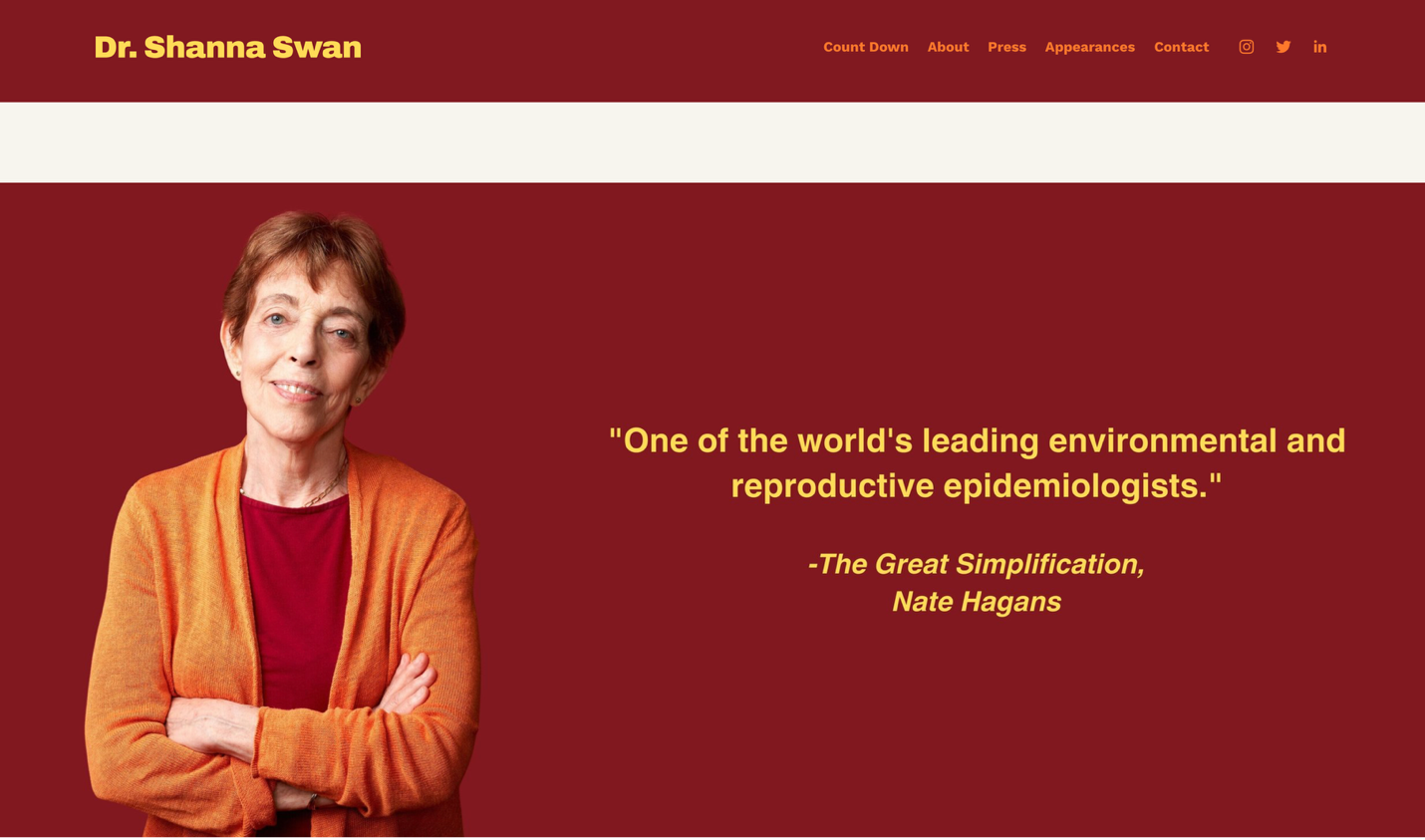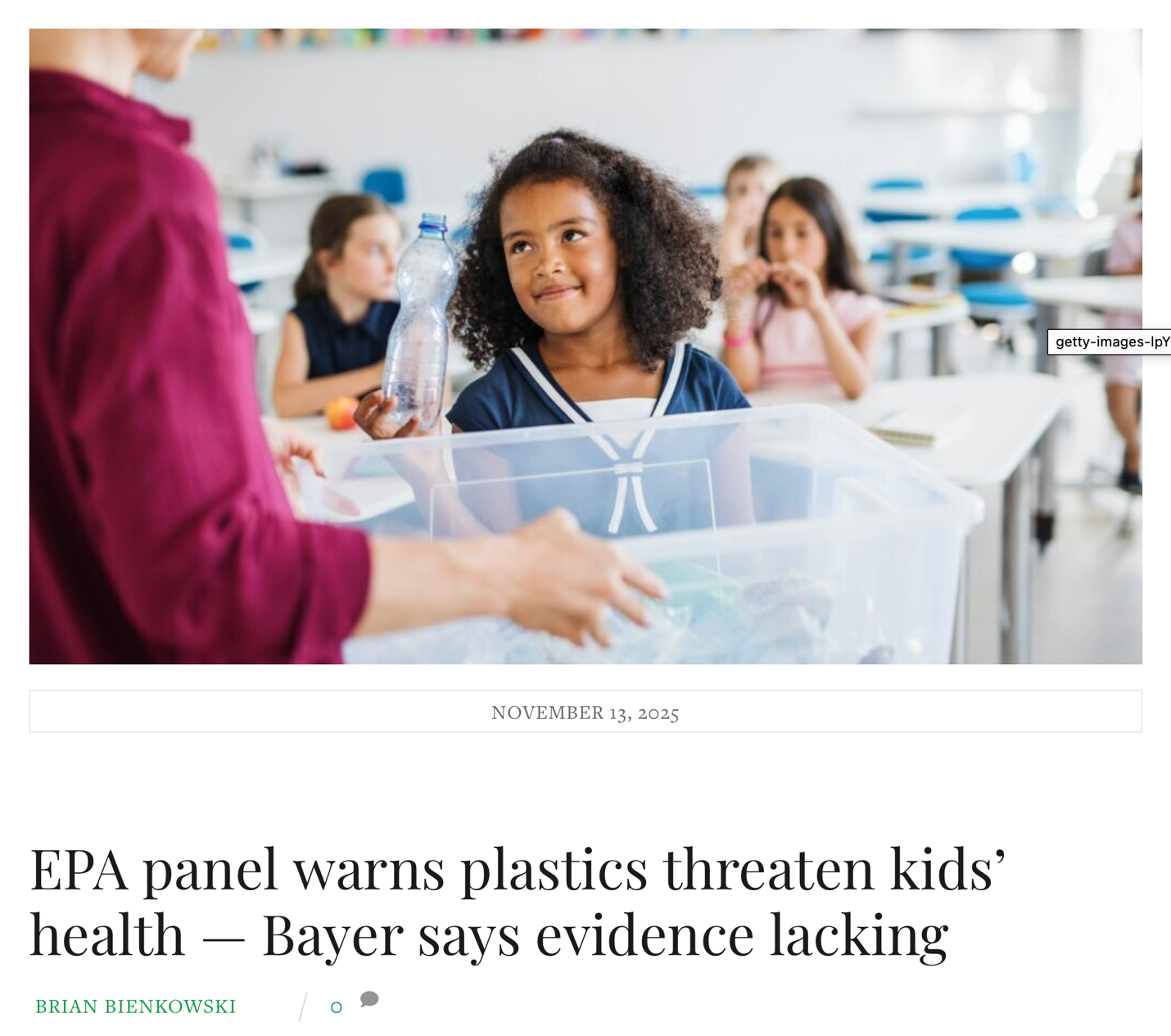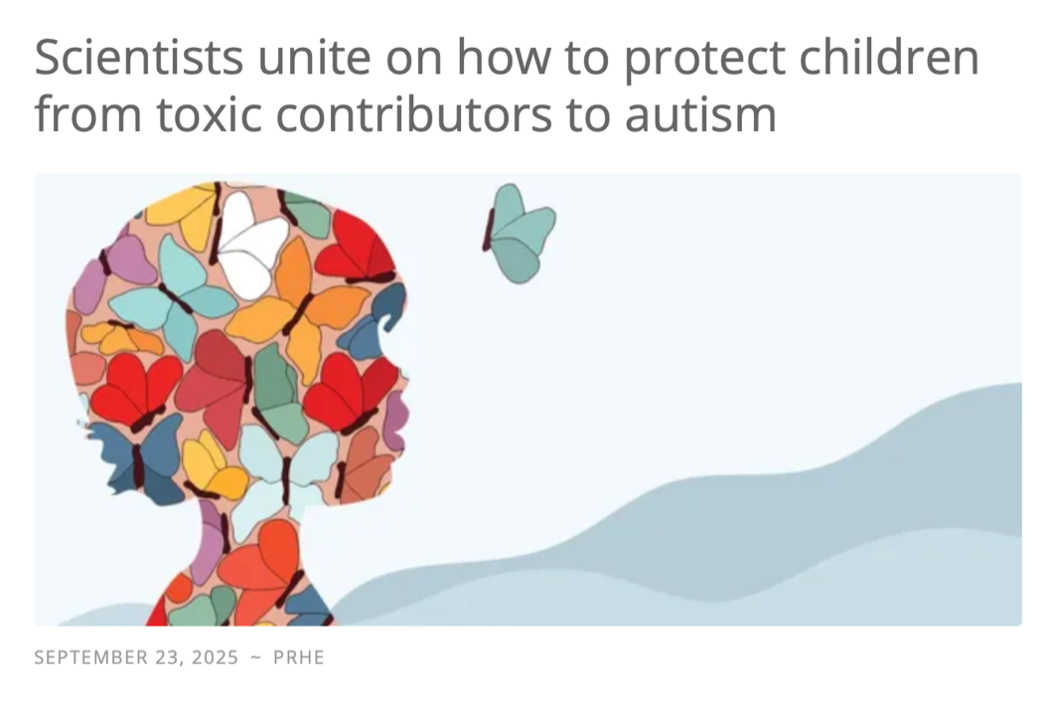How well I remember the infectious disease folks at the hospitals where my daughter was sick; theirs was an exciting job: to determine as quickly as possible what the infectious agents preying on her much-impaired immune system were before they killed her. There were very different antibiotics to use depending on whether the bacteria were gram-positive or gram-negative, for instance. Getting the cultures in time to save her from, at various times, meningitis, pneumonia, and e coli, sometimes came down to a matter of hours. If it sounds like I am oddly nostalgic, well ... Katherine survived those battles. Infectious Disease gets all the attention, all the glamour. Want a page-turner that is pure science? Try reading Laurie Garrett’s The Coming Plague. In it, she describes how the always-existent threat of infectious disease is in many ways exacerbated by common modern practices like inappropriate antibiotic use, overpopulation, ecological collapse, infringement on other species’ territories, and global air travel. I am interested to read her more recent tome, Betrayal of Trust: The Collapse of Global Public Health. Infectious disease, we learn in her books, is not for the faint of heart. Many of the heroic scientists pursuing emerging diseases around the world succumb to these diseases themselves, as we saw in the recent ebola outbreak. Heck, infectious disease even gets a turn on the big and little screens in various zombie movies and TV series; the CDC themselves are portrayed in The Walking Dead, World War Z, Z Nation, and I am Legend, as well as many plainer movies of mere raging infection, like Outbreak. Noninfectious diseases like cancer and autism get much less attention, particularly in dramas, yet in fact, they are facing increases really equivalent to many very serious outbreaks of infectious disease. Right now, 1 in 2 men and more than 1 in 3 women will develop cancer in their lifetimes; many will die of it (PCP 2010). Right now, 1 in 58 children – and 1 in 42 boys – will get autism, with catastrophic consequences and huge losses to society. Other diseases caused at least in part by changes in environment, and particularly chemical exposures, include birth defects, obesity, ADHD, diabetes, and auto-immune disease. A recent study found IQ losses of 7 points among those children in the highest quintile for exposure to chlorpyrifos, a common organophosphate pesticide, the same one responsible for our daughter’s death (Bouchard et al. 2011). Average on the IQ scale is 100; genius is 140, and disability begins at about 70. We believe our son David, though still bright, may have lost IQ points and suffered some learning problems from exposures we know he had at crucial developmental stages. An estimated one fourth of all American children lose IQ points to pesticide exposures – an estimated 16 million IQ points total (Bouchard et al. 2011). Other studies have shown similar results (Engel et al. 2011; Rauh et al. 2011). In a way, these environmentally triggered diseases and disabilities are also communicable, in that they are spread by chemical agents one person imposes on another – or in the sense that they are culturally caused, and I would argue that culture is contagious. Let me explain.
As the President’s Cancer Panel has shown, much of the increase in cancer rates has to do with cultural practices, some of them perfectly needless, like using cosmetic pesticides to prevent dandelions, using excess medical imaging, and allowing industry to wantonly pollute our air, water, and land (PCP 2010). In one sense, the substances that cause these diseases are themselves infectious in the sense that contact with them causes the disease, and they can spread from person to person. The latter occurs in the bioaccumulation that builds in mothers that is then passed on to infants through gestation and breastfeeding. The contamination is also communicated up the food chain through other organisms bioaccumulating – and biomagnifying, as Rachel Carson showed over 50 years ago – toxins that we then ingest. In another sense, the cultural practices are contagious. One person with a “perfect” sprayed lawn pressures another to poison their dandelions, never mind that they are simultaneously poisoning their children. Companies like ChemLawn (or TruGreen as they ironically call themselves now) deliberately spread the infection of lies – that the practice is safe, that eliminating dandelions is necessary – resulting in disease and death in thousands, likely hundreds of thousands. Cultural practices like advertising have results -- both in dollars and in deaths, as Devra Davis has shown in her Secret History of the War on Cancer. Why is this important? There is a tendency to think of noninfectious diseases as also non-preventable, or at least preventable only through lifestyle changes like diet and exercise. Actually, many more cancers are caused by environmental causes than has previously been recognized (PCP 2010), and if lifestyle factors like diet, exercise, and smoking are included, some scientists estimate environmental, preventable causes as responsible for 80-90% of all cancers (Alberts et al. 2002). Obviously, a huge portion of autism cases and many cases of lower IQs and learning disabilities are likewise preventable, if only we would stop poisoning our children.
The previously mentioned comparison with movies and TV shows may seem trite, but in fact communication via fictional or semi-fictional genres may not be as ridiculous as it sounds. We should influence the broader culture because culture influences disease. The very best example of a Public Health Institution doing this that I know of, and one I would like to see done in other areas, is the CDC webpage on preparing for zombie apocalypse. What began as a joke became, in fact, a tongue-in-cheek yet somewhat serious set of instructions of preparing for zombie apocalypse – or many other emergencies everyday Americans might face. There are posters, a blog, and even a novella, right on the CDC website (2015). The CDC links specific shows like The Walking Dead to transferable lessons about emergency preparedness, while having fun with their own role in the show: “Being true zombie fans, we love The Walking Dead on AMC, so much so that we’ve looked past the fact that they blew us up at the end of the first season and we assure you that our work here at the CDC continues” (2012). Despite some snarky troll comments about tax money being spent on something that may seem frivolous, most responses were enthusiastic, and surely this approach drew people to the topic of preparedness who would never normally frequent the CDC. And I bet most of this was done on some nerdy CDC researchers’ own free time. I would love to see done for environmentally caused diseases what this page has done for emergency preparedness, though I’m not sure what the equivalent would be yet – maybe a hook-in to Wall-E or Avatar? I have to admit already harnessing this kind of popularizing strategy to publicize a symposium on the health hazards of lawn chemicals on Benedictine’s Lisle campus. The symposium actually fell on Halloween – it was the only possible date – and so I made up a very attractive (if I say so myself) zombie poster with the following motto: “Want to know what’s really scary? Not zombie apocalypse: Pesticides!” In smaller print, I gave some details: “Don’t be a pesticide zombie. Did you know that some pesticides lower IQs and may lead to learning disabilities?” So in conclusion, although standard public health outlets like PSAs, pamphlets, and websites should definitely be promoted and funded well, we should also think of fun and creative ways to express what are very serious messages. In my experience, people sometimes need the edge taken off what is a really harsh reality in order to begin to actually address the problem.
References
Alberts, B., Johnson, A., Lewis, J., et al. (2002). The preventable causes of cancer. Molecular Biology of the Cell. 4th ed. New York: Garland Science.
Bouchard, M.F., Chevrier, J., Harley, K.G., Kogut, K., Vedar, M., Calderon, N., … Eskenazi, B. (2011). Prenatal exposure to organophosphate pesticides and IQ in 7-year-old children. Environ Health Perspect 119(8): 1189-1195.
The Centers for Disease Control and Prevention (CDC). (2015). Office of public health preparedness and response: Zombie preparedness. Retrieved from http://www.cdc.gov/phpr/zombies.htm
The Centers for Disease Control and Prevention (CDC). (2012). Teachable moments – Courtesy of The Walking Dead on AMC. Retrieved from http://blogs.cdc.gov/publichealthmatters/2012/02/thewalkingdead/
Davis, D. (2009). The secret history of the war on cancer. New York: Basic Books.
Engel, S.M., Wetmur, J., Chen, J., Zhu, C., Barr, D.B., Canfield, R.L. (2011). Prenatal exposure to organophosphates, paraoxonase 1 and cognitive development in childhood. Environ Health Perspect 119:1182-1188.
Garrett, L. (1995). The coming plague: Newly emerging diseases in a world out of balance. New York: Penguin.
The President’s Cancer Panel (PCP). (2010). Reducing environmental cancer risk: What we can do now. Retrieved from http://deainfo.nci.nih.gov/advisory/pcp/annualReports/pcp08-09rpt/PCP_Report_08-09_508.pdf
Rauh, V., Arundjadai, S., Horton, M., Perera, F., Hoepner, L., Barr, D.B. (2011). Seven-year neurodevelopmental scores and prenatal exposure to chlorpyrifos, a common agricultural pesticide. Environ Health Perspect 119:1196-1201.













